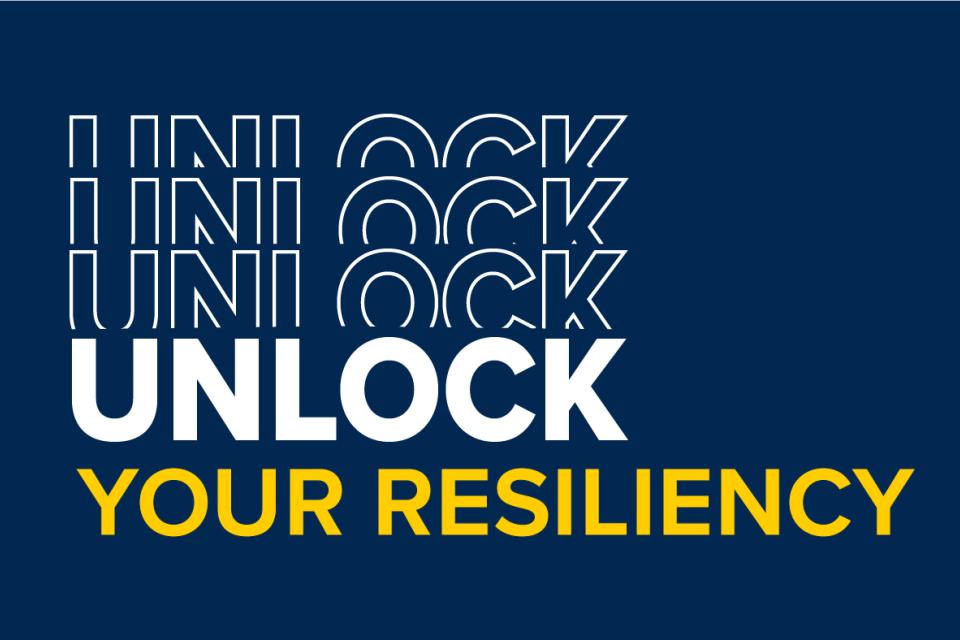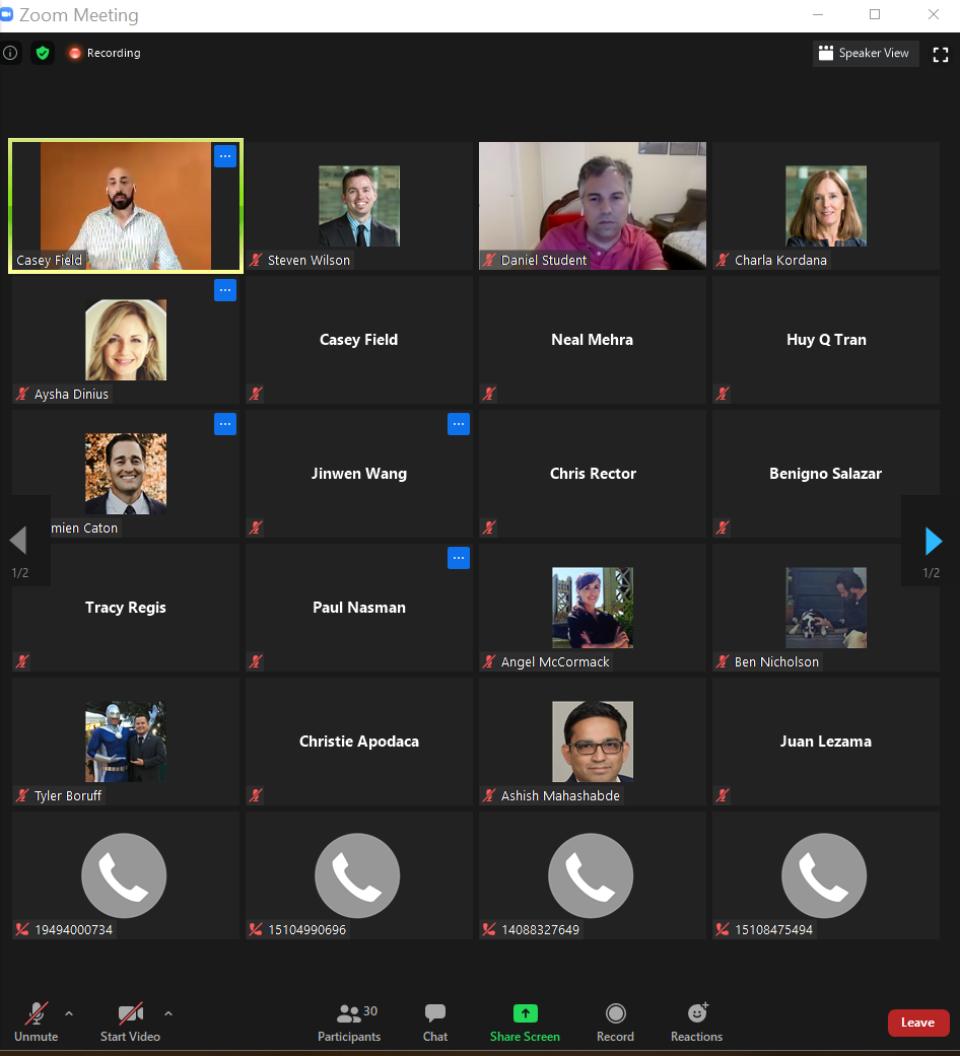Podcast: Three Ways to Unlock Your Resilient Mindset
MBA alum and cognitive behavioral coach Casey Field explores stress, uncertainty

Now more than ever, we need resiliency. 2020 has been a year of hurt, fear and uncertainty. We are truly at an inflection point globally. It’s tough for everyone right now. Thankfully, you have all the tools you need to reduce stress and anxiety and unlock a resilient mindset.
When I ask ‘what is resiliency’ to workshop participants, the answer I get most often is the ability to bounce back. It’s a good answer. However, that makes it sound too easy.
Honestly, being resilient is hard.
Resiliency is much more than bouncing back. I define resiliency as our ability to use our unique strengths and capabilities to continually learn from challenges while acknowledging there is discomfort in learning and personal growth.
For someone to truly become more resilient they must develop a mindset that includes three core components: Meaning, hope and self-efficacy.
Why those three? Because the most common barrier to finding your resilient mind is feeling powerless. Finding meaning in what you are doing—or what you want to do, feeling hopeful about the future, and believing in your ability to succeed are the antithesis of feeling powerless.
If you’re reading this blog, I want you to know that you deserve to feel powerful, because you are more powerful than you know. If you’re not yet convinced, follow the three steps below to start the shift to a more resilient mindset.
It will take work. Yet, through this process you’ll become happier, more clear-headed, a better leader, and less anxious.
Step 1: Acknowledgement and Gratitude
As you’ve already found out in your lifetime, there are things you can control and things you cannot. The first step of becoming more resilient is to acknowledge them both. Acknowledge that you can control your actions, words, thoughts and behaviors. Conversely, you cannot control the actions, words, thoughts or behaviors of others. Trying to do so is an exercise in frustration.
Concentrating energy on trying to change what you cannot change degrades the core components of hope and self-efficacy. Instead, make it a daily practice to show gratitude for what you already have and what you do.
For me, it’s gratitude for my partner and two little boys. It’s the fact that I get to do what I love doing every day. I am grateful that I can help causes I believe in.
What are you grateful for?
Challenge yourself to list at least 10 things on a sheet of paper right now.

Step 2: Concentrate Your Psychological Capital On What's Working
By design, our brains are hardwired to look for threats. We tend to focus on what is not working in our lives. It is a survival instinct that is beneficial in certain contexts. However, it cannot be the only mode we operate in.
There must be as many things that are working in our life as there are not. The difficulty is training our brains to look for what is working.
To do that, take five minutes today and reflect on what is working for you. Remember, what’s working for you doesn’t have to be something monumental. It could be something small.
For instance, writing blog posts can be difficult for me. What’s working is that I care about this topic and about the people who will read my post. As I write, I’m concentrating on the benefits this training will create for others.
Step 3: Reframing
The frame you view the world in matters.
If you look through a negative frame, you will see scarcity. If you choose to positively, and pragmatically, frame the world, then you will see opportunity. Reframing is the act of substituting a negative connotation for a more positive one. I’m not suggesting that everything should be viewed with rose-colored glasses. Similarly, everything cannot be viewed from thorn-covered glasses either. There is a realistic middle ground.
Here is a real and timely example:
When you have a negative frame: The pandemic has caused nothing but disaster.
Meanwhile, here’s how to take a pragmatic, positive frame: The pandemic is scary and it’s tough for many people. However, we have also seen less pollution because of stay-at-home orders. We have become more innovative in our thinking because we have had new challenges. The world of work is changing as we are finding out we can work from home. These could all contribute to better work-life integration long after the pandemic is over.

Ideas > Action
I challenge you to find something negative you’ve been holding on to and reframe it. This exercise may feel uncomfortable at first. If you have a mindset that thinks it is unrealistic to think more positively, consider that it is just as unrealistic to believe most things are negative. This exercise today could lead to another tomorrow, and the day after. Soon enough, you will be on your way to resiliency.
You have the power to choose how you view the world. Acknowledge your challenges, show gratitude for the things you have, and put your energy into finding what’s working for you. Resiliency isn’t easy, but finding positive experiences in adverse situations will help you learn and help build important skills.
By repeating these steps, you’ll be feeling more confident through all sorts of turbulent times.